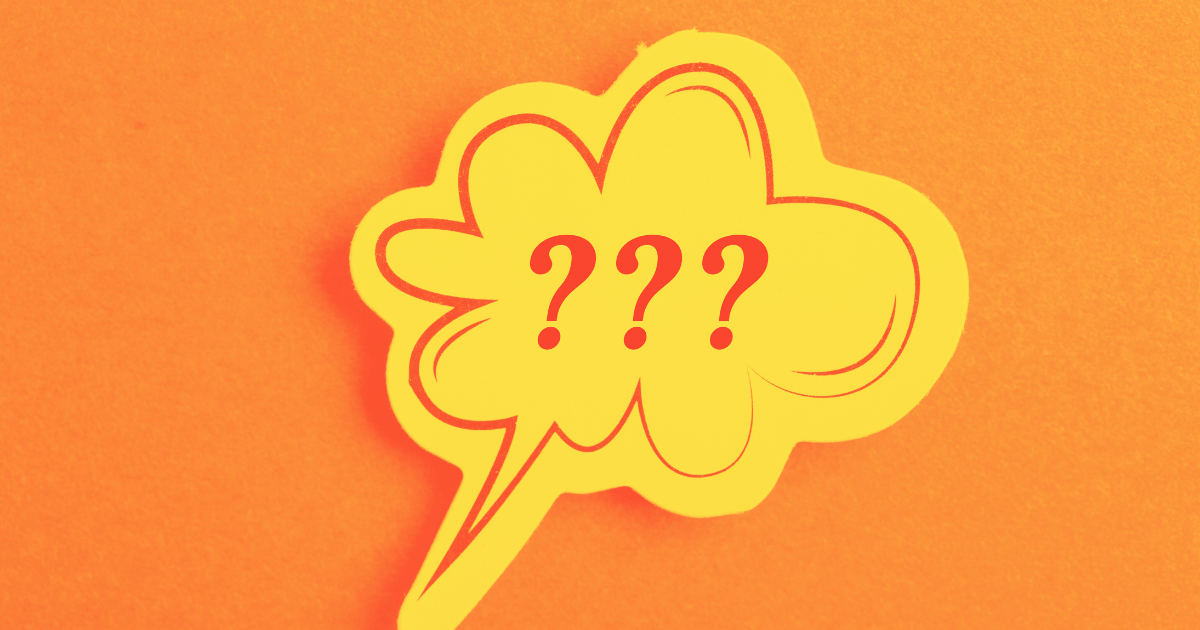Content, context, and communication. The 3 Cs of Content Marketing.
I recently came across a blog post from 2013 with this title and thought it was worth sharing. (Stay with me, I promise to make it worth your while)
So what did they name the 3Cs of Content Marketing?
- Content
- Context
- Communication
They shared, "When these techniques are applied correctly, everyone wins: publishers engage their audiences through high-quality content, and marketers leverage this symbiotic relationship to deliver transparent brand messages that convert readers into real customers.”
Confession time, have you or someone you worked for ever said, “Let’s create some content about x,” without ever really thinking about how that content will help you achieve a business goal?
- What happens when you start with the wrong content?
- What happens when the content lacks context?
- Or if the content communicates the wrong message?
Start with Content Strategy for Success
“A successful content strategy begins with the definition of marketing goals.”
– Sonny Damiri, CEO and Co-Founder of Content Garden
While I like this quote's intent, I think it should read, “A successful content strategy begins with the definition of marketing objectives.”
Why?
As Toni Mastri shared, “A marketing goal is a broad aim toward which your efforts are directed. Marketing goals don’t have to be specific. Because of their open-ended nature, setting only marketing goals is not the ideal way to achieve something in your business.”
He shares, “Where marketing goals are broad statements, marketing objectives are measurable and specific.”
Think S.M.A.R.T. Objectives (Specific, Measurable, Achievable, Relevant, and Time-bound).
While this might get into semantics, imagine Steph Curry telling the guy guarding him in a game that he’s about to drain a 3-pointer. That’s his goal.
But then imagine him saying, “Hey man, I’m about to drain this 3-pointer from half-court before you blink, and it’s gonna be nothing but net.”
And then he shoots, and you hear the net going, “swoosh.”
The goal was made. The objective was met.
Adam Fischer of StrategyKiln shares a similar debate in a post that speaks to the GOST Framework versus the OGSM framework.
The GOST Framework stands for Goals, Objectives, Strategies, and Tactics.
OGSM stands for Objectives, Goals, Strategy, and Measures.
Fischer challenges that GOST is a better approach than OGSM because the S and T are broken out, leading to clearer strategies.
But getting back on topic, as Tony Robbins says, “Setting goals is the first step in turning the invisible to the visible.”
You can begin that process by considering this content strategy approach from HubSpot.
6 Questions to Drive Your Content Strategy from HubSpot
- Who will be reading your content?
- What problem will you be solving for your audience(s)?
- What makes you unique?
- What content formats will you focus on?
- What channels will you publish on?
- How will you manage content creation and publication?
HubSpot defines content strategy as “a plan in which you use content (audio, video, and/or written) to achieve your business goals. A successful content strategy will attract your target audience at every stage of the funnel and keep them engaged after a purchase.”
While I agree with their definition of content strategy, I find their six questions mainly focused on content marketing and distribution, which come after defining your content strategy – the content you will create to achieve your business goals and objectives. But that makes sense, with HubSpot being an inbound marketing powerhouse.
But I agree that questions 1 thru 3 are important content strategy questions to answer well.
And clearly defining who will be reading or watching, your content, and what you offer them that is better than your competition are important steps that are often not given the time and energy they deserve.
Curt Arledge introduced another set of content strategy questions.
3 Basic Questions Every Content Strategy Should Answer
- Who is your target audience?
- What do you want them to do?
- What do they need to understand and feel to do it?
Demian Farnworth of Copyblogger once shared another set of questions about building a content strategy.
13 Simple Questions to Help You Draft a Winning Content Strategy
- Who are your users?
- Who are your competitors?
- What do you bring to the table?
- What do you hear?
- What content do you already have?
- What is the purpose of your content?
- How often should you publish your content?
- How will you distribute your content?
- Who is in charge of your content?
- Who will produce your content?
- Who is going to maintain the content?
- Who is responsible for the results?
- What’s your destination (core strategy)?
Ahref’s How to Create a Winning Content Strategy Canvas Questions
- Who are you creating content for?
- Why are you creating content?
- What type of content will you create?
- Where will you publish your content?
- How will you create the content?
Read more on the Ahrefs website.
Do you notice a trend yet?
You Need to Know and Understand Your Audience
- You can start by defining the Ideal Client you would like to work with.
- You can begin crafting a fictional narrative around specific demographics you’re trying to reach.
- You can do competitive research to see how your competitors position their offerings and to which demographics.
- And if you have customers already, one of the best ways to do this is to speak with them directly.
- PRO TIP: This is where you'll discover what makes you unique to your best customers.
- It's also how you'll discover messages that could lead to defining your Core Message.
You Need to Define What You Want Them to Do
The answer to this question is to buy or use our product or service, right?
But this is usually a complex process, so we consider it a journey.
We Call it the Marketing Hourglass
- Know
- Like
- Trust
- Try
- Buy
- Repeat
- Refer
Your content’s job is to get someone to move through each of the seven stages of the Marketing Hourglass to evolve into a relationship with your organization.
You Need to Know Where They Are In Your Funnel and Create the Right Content to Get Them to the Next Step
Do the work to be able to answer the following questions:
- What questions do my prospects and customers have at each stage of the Hourglass?
- What objectives are they trying to achieve at this stage?
- What content will we need to power this stage?
In Conclusion
Perhaps the most crucial thought to leave you with is a quote from Michael Porter:
“The essence of strategy is choosing what not to do.”
So the purpose for you to define a content strategy after understanding your customer is to understand what content you shouldn’t create.
Once you know what you shouldn’t be doing, you can focus your efforts on working on creating the right content for the right people to be delivered in the right place, and at the right time, with the right context that communicates the right message, which leads to successful conversions.
A Content Strategist can help you develop a roadmap for how content can contribute to achieving your desired business goal.
If you’d like some help with that, let me know.






SHARE